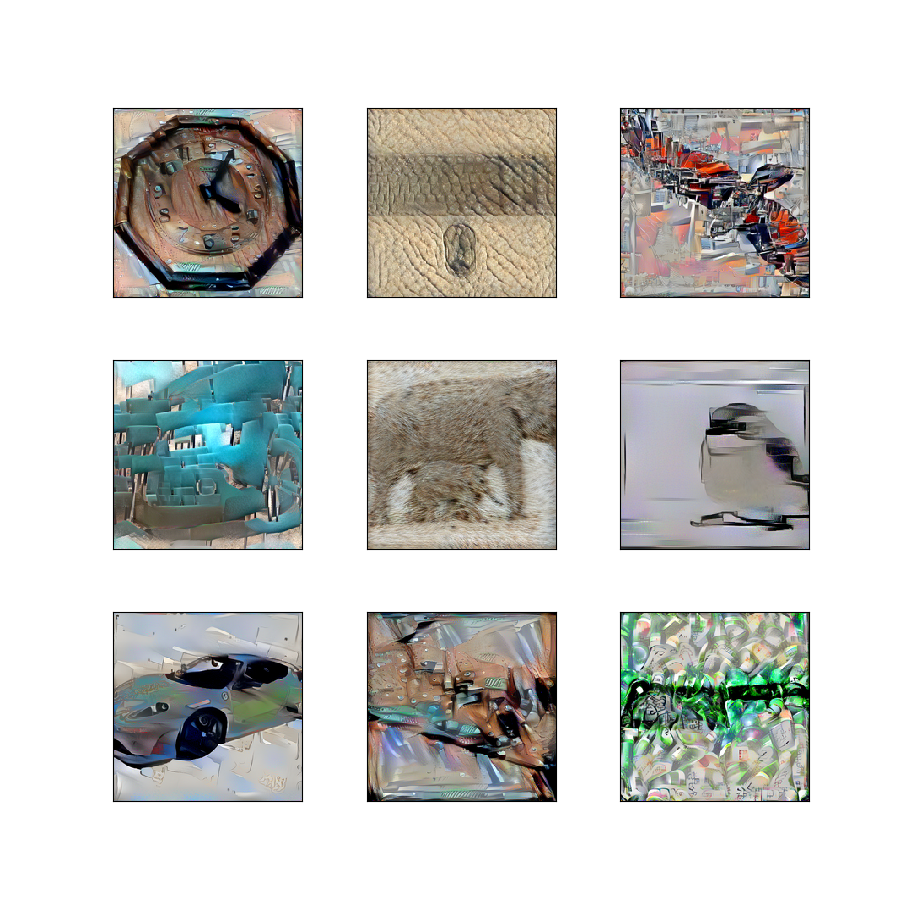- opis :
Bodźce konfliktu kształtu / tekstury z „CNN przeszkolonych w ImageNet są ukierunkowane na teksturę; zwiększenie odchylenia kształtu poprawia dokładność i solidność”.
Należy zauważyć, że chociaż źródło zestawu danych zawiera obrazy o pasującym kształcie i teksturze i uwzględniamy je tutaj, są one ignorowane w przypadku większości ocen w oryginalnym artykule.
Strona główna : https://github.com/rgeirhos/texture-vs-shape
Kod źródłowy :
tfds.image_classification.GeirhosConflictStimuliWersje :
-
1.0.0(domyślnie): Brak informacji o wersji.
-
Rozmiar pliku do pobrania :
153.96 MiBRozmiar zestawu danych :
130.44 MiBAutomatyczne buforowanie ( dokumentacja ): Tylko wtedy, gdy
shuffle_files=False(test)Podziały :
| Rozdzielać | Przykłady |
|---|---|
'test' | 1280 |
- Struktura funkcji :
FeaturesDict({
'file_name': Text(shape=(), dtype=string),
'image': Image(shape=(None, None, 3), dtype=uint8),
'shape_imagenet_labels': Sequence(ClassLabel(shape=(), dtype=int64, num_classes=1000)),
'shape_label': ClassLabel(shape=(), dtype=int64, num_classes=16),
'texture_imagenet_labels': Sequence(ClassLabel(shape=(), dtype=int64, num_classes=1000)),
'texture_label': ClassLabel(shape=(), dtype=int64, num_classes=16),
})
- Dokumentacja funkcji :
| Funkcja | Klasa | Kształt | Typ D | Opis |
|---|---|---|---|---|
| FunkcjeDict | ||||
| Nazwa pliku | Tekst | strunowy | ||
| obraz | Obraz | (Brak, Brak, 3) | uint8 | |
| shape_imagenet_labels | Sekwencja (etykieta klasy) | (Nic,) | int64 | |
| etykieta_kształtu | Etykieta klasy | int64 | ||
| texture_imagenet_labels | Sekwencja (etykieta klasy) | (Nic,) | int64 | |
| etykieta_tekstury | Etykieta klasy | int64 |
Klucze nadzorowane (zobacz dokument
as_supervised):('image', 'shape_label')Rysunek ( tfds.show_examples ):

- Przykłady ( tfds.as_dataframe ):
- Cytat :
@inproceedings{
geirhos2018imagenettrained,
title={ImageNet-trained {CNN}s are biased towards texture; increasing shape
bias improves accuracy and robustness.},
author={Robert Geirhos and Patricia Rubisch and Claudio Michaelis and
Matthias Bethge and Felix A. Wichmann and Wieland Brendel},
booktitle={International Conference on Learning Representations},
year={2019},
url={https://openreview.net/forum?id=Bygh9j09KX},
}

